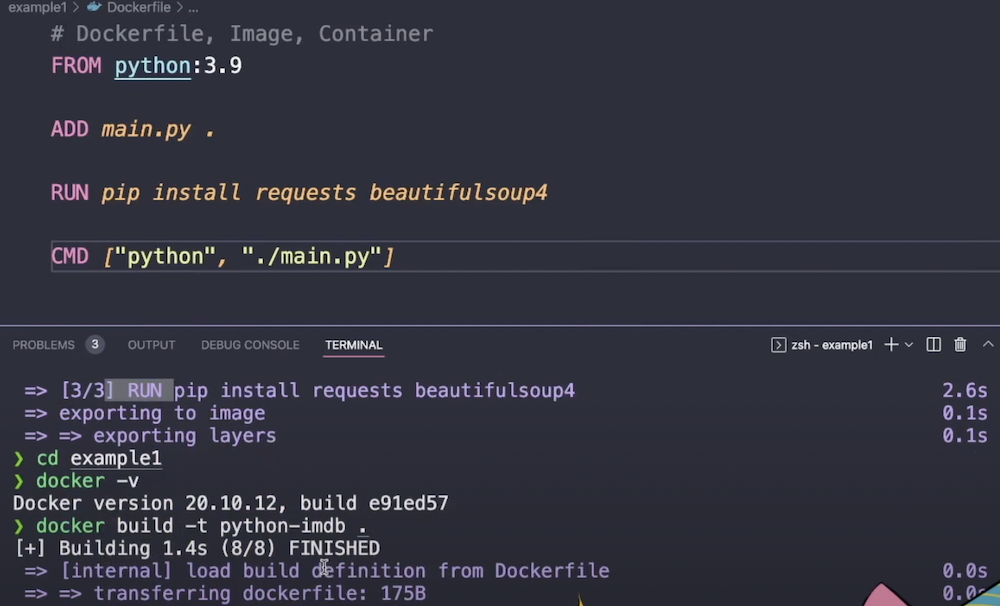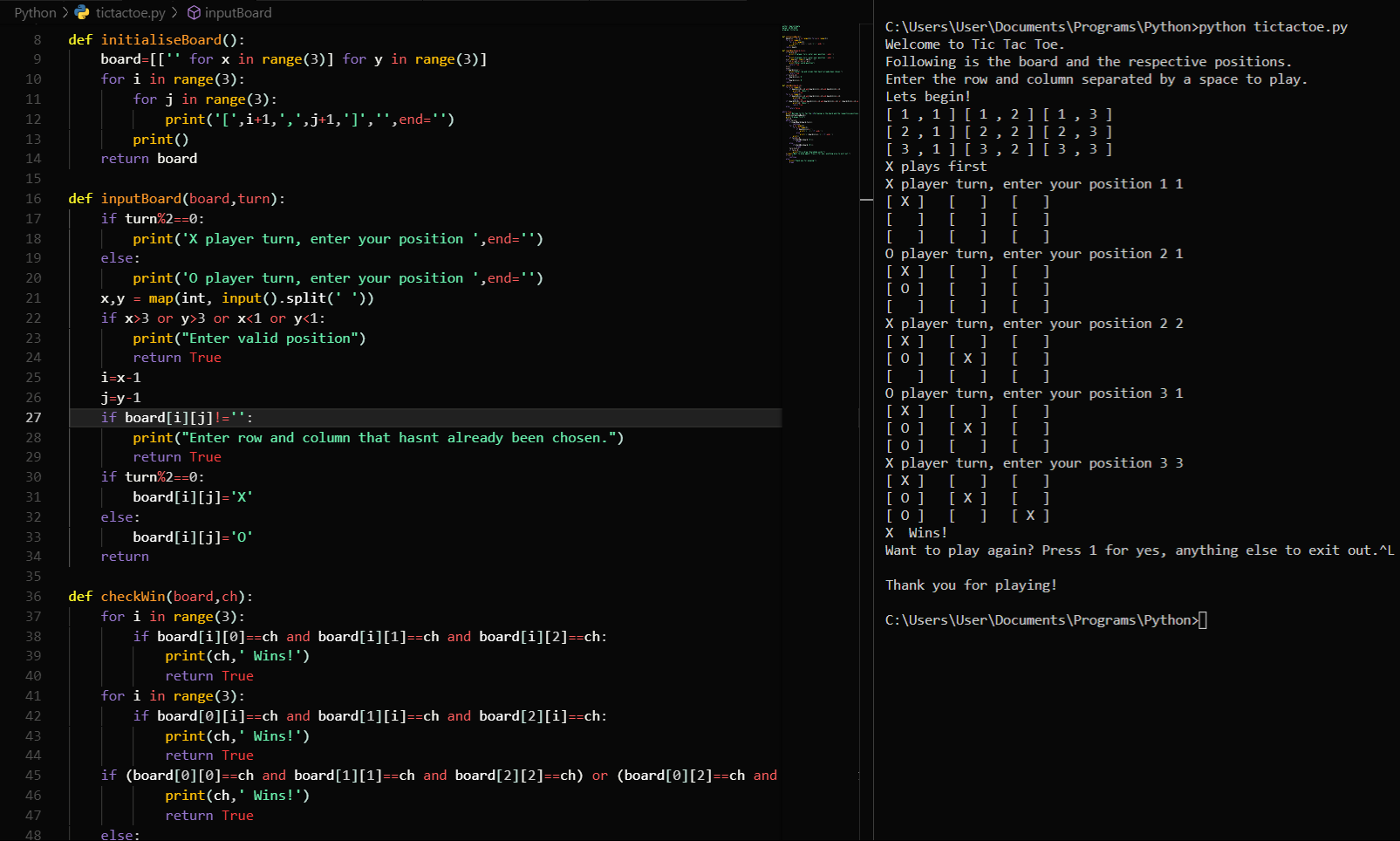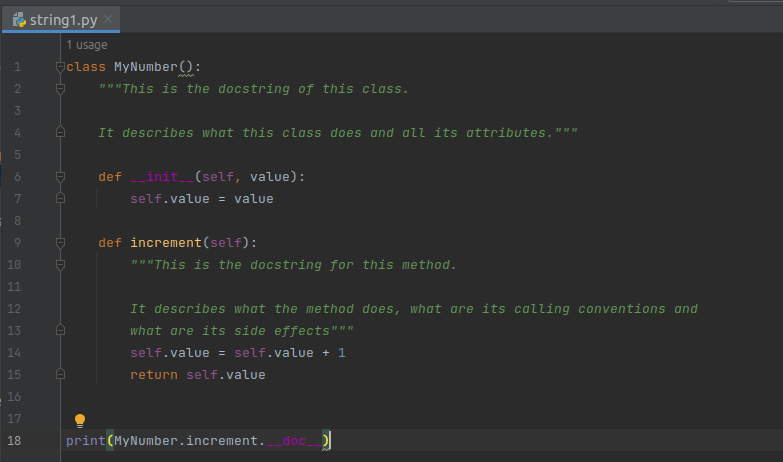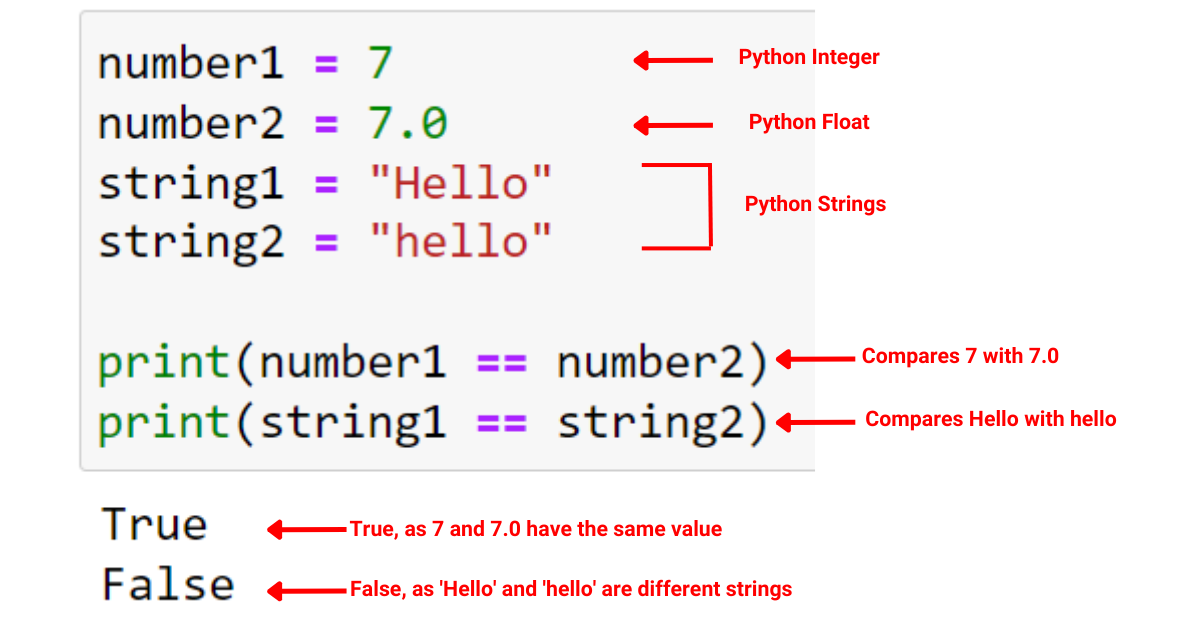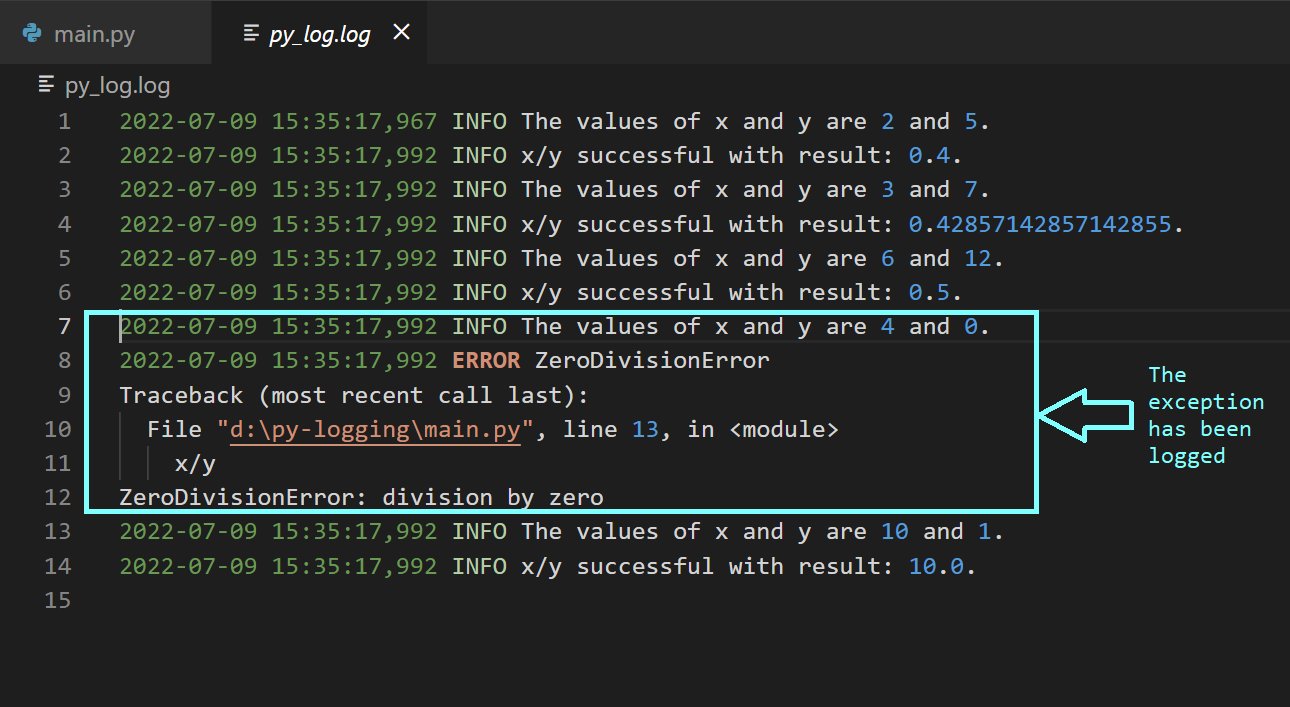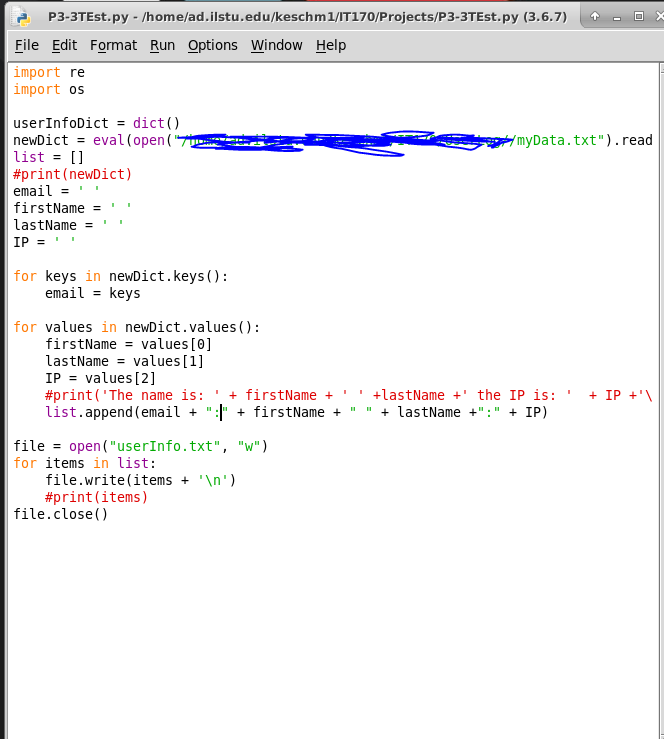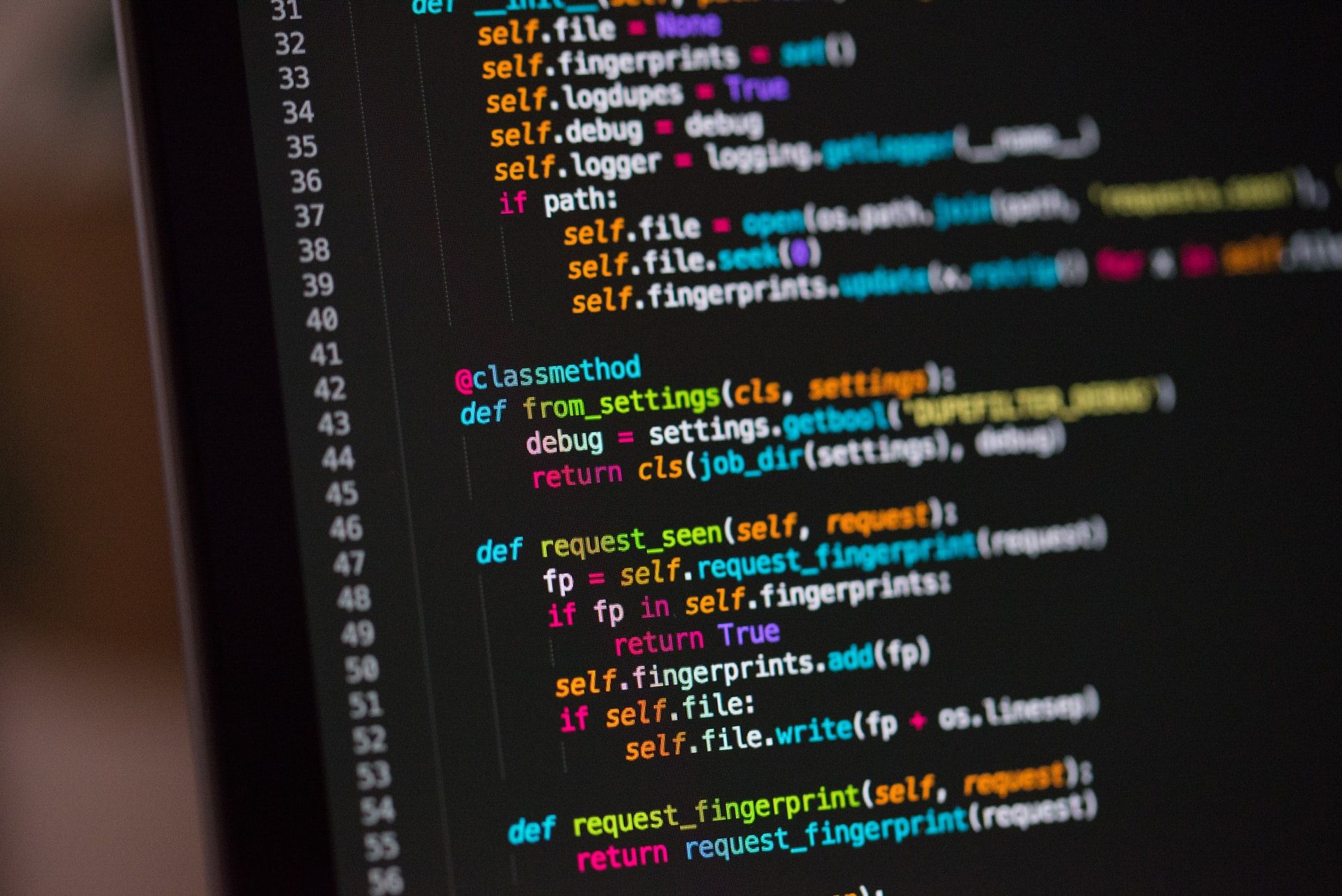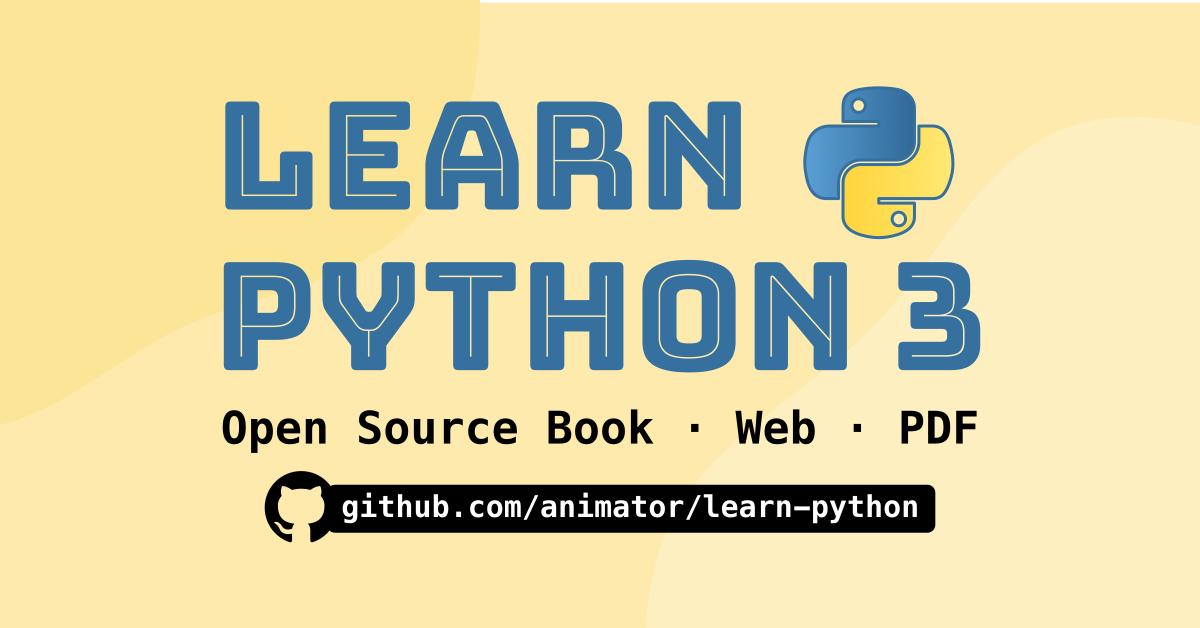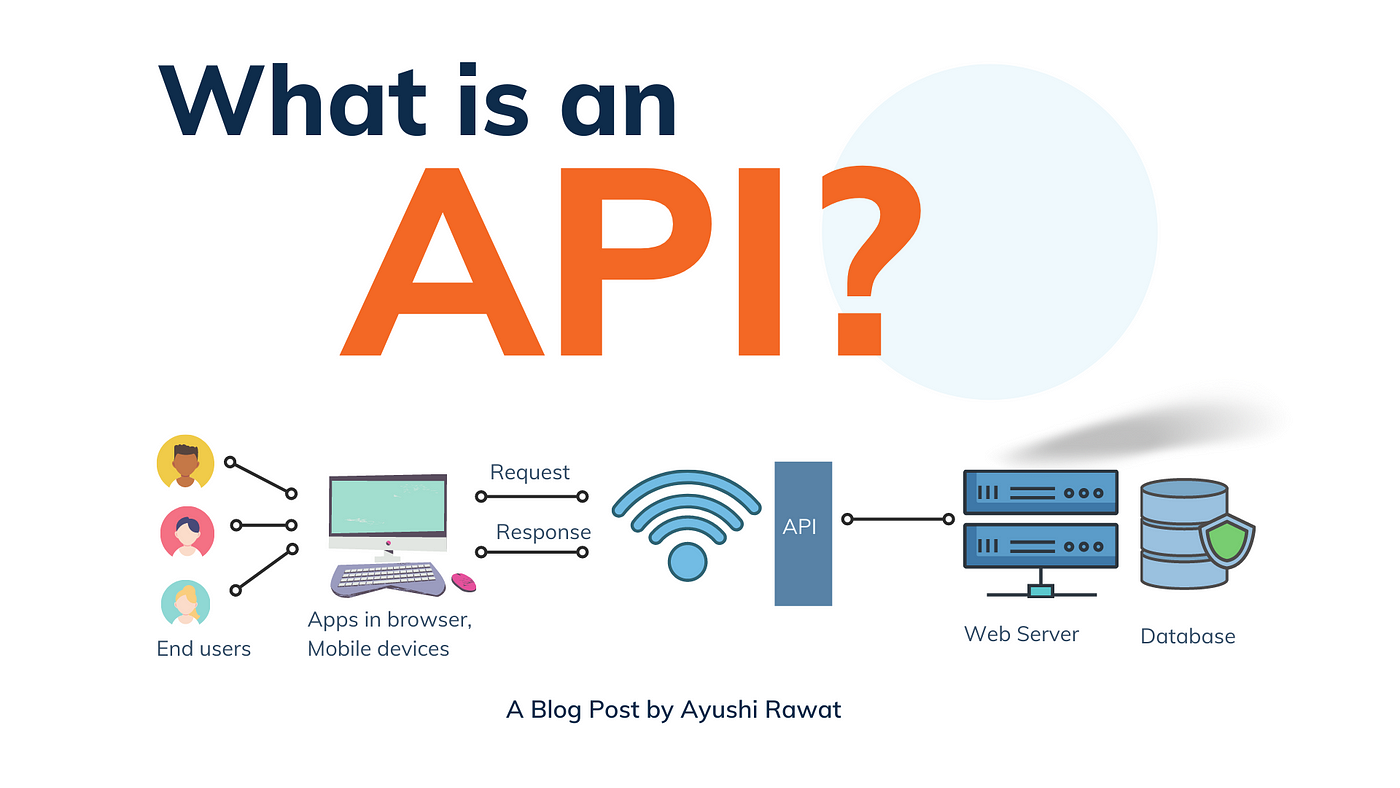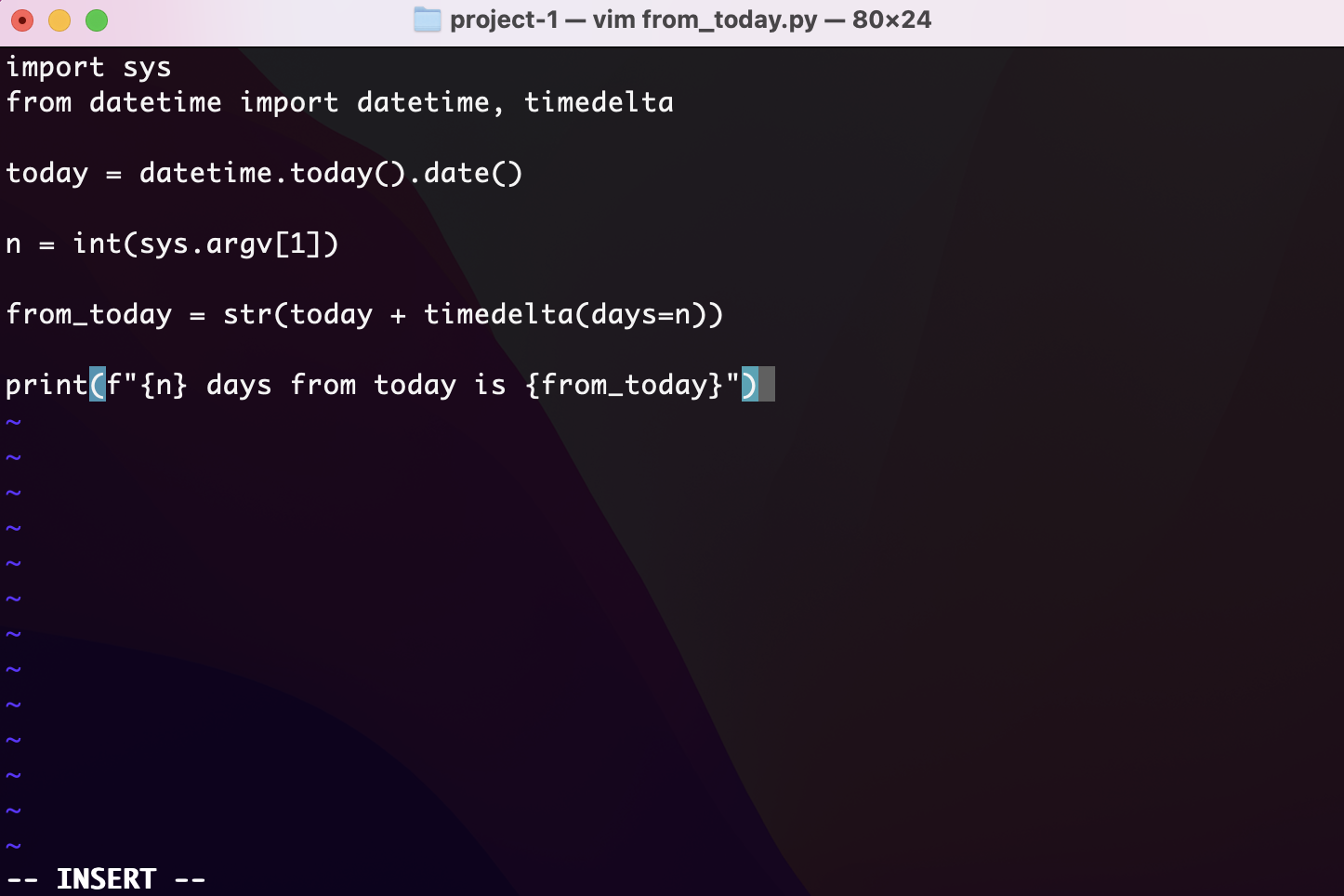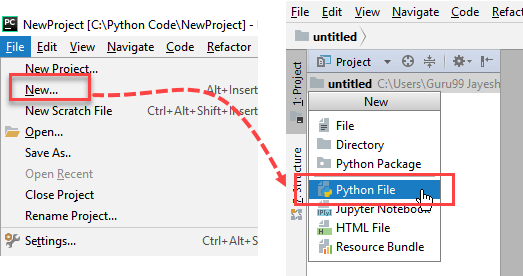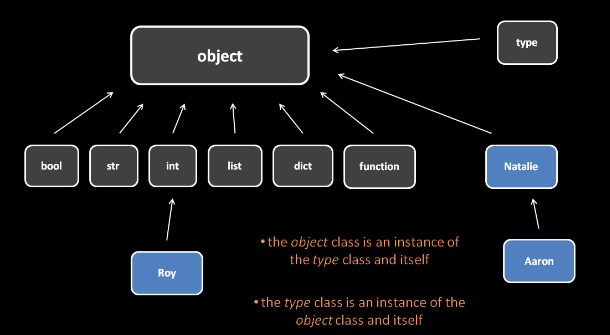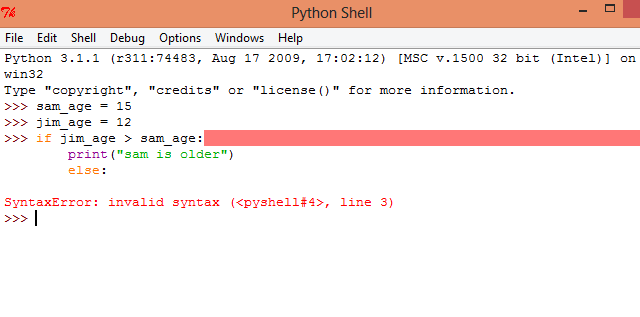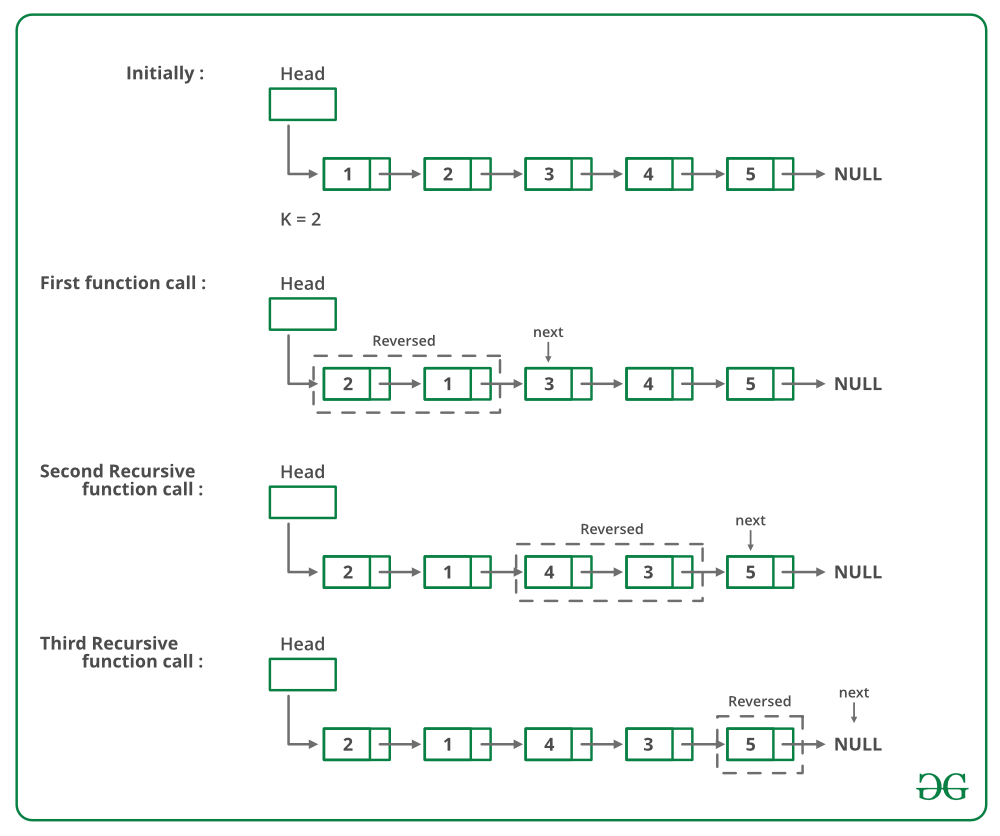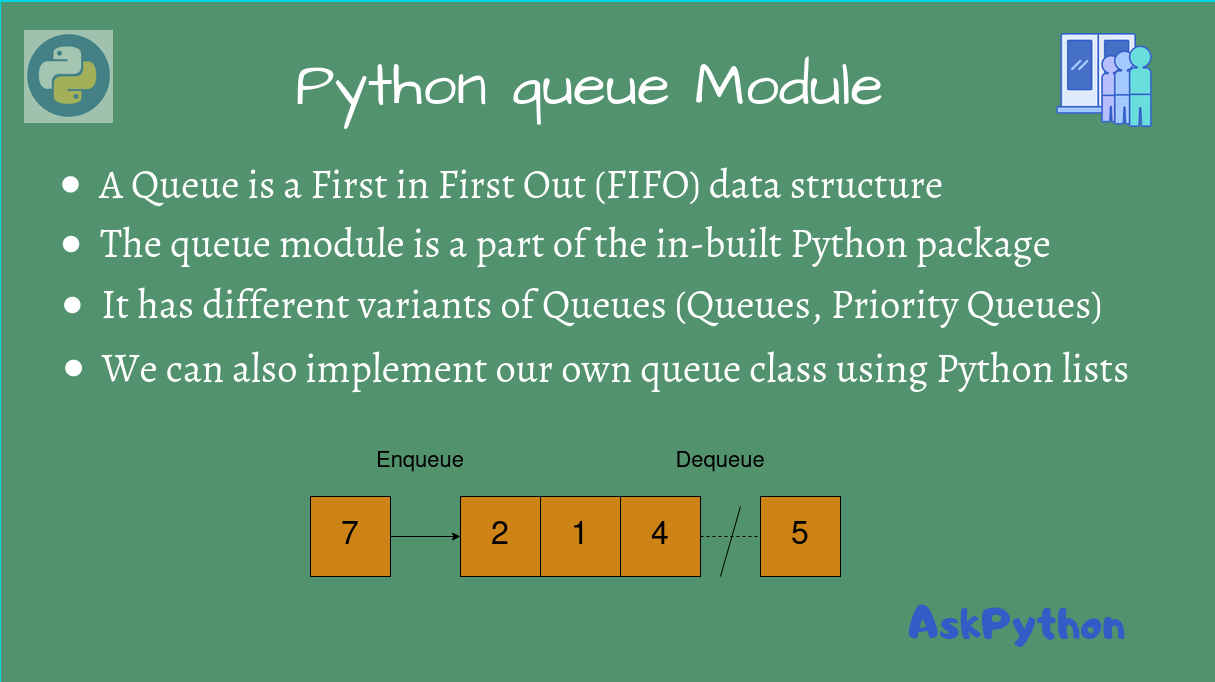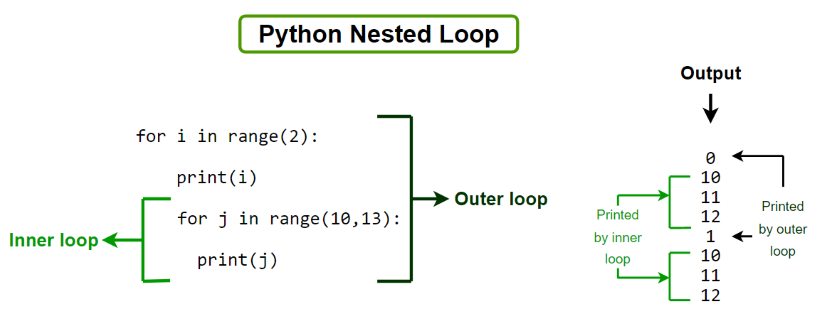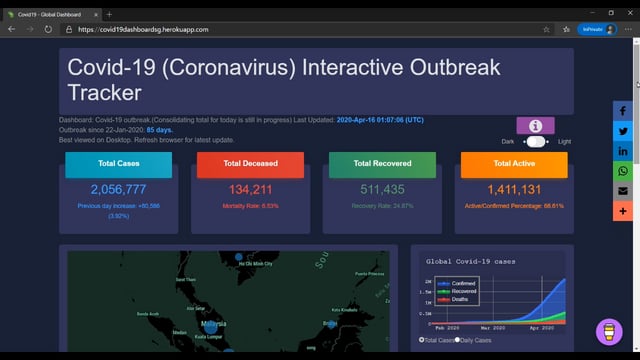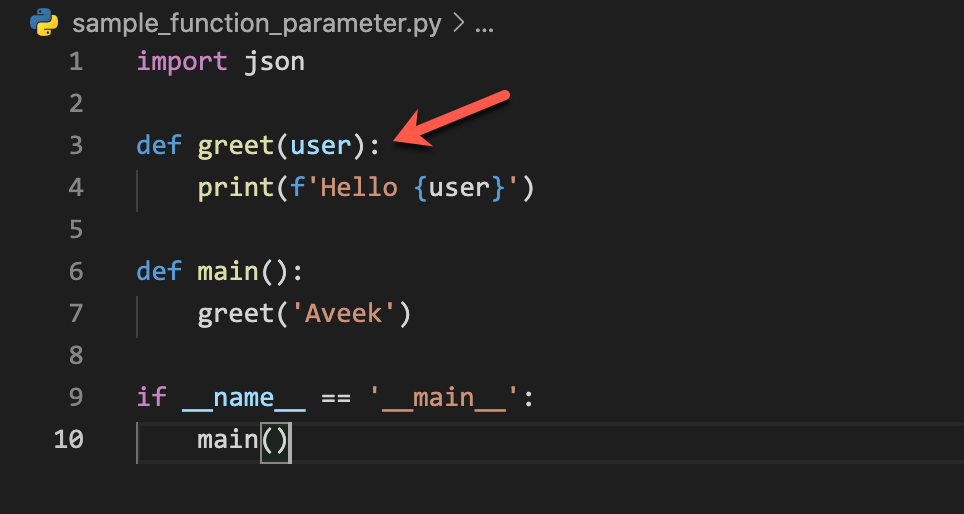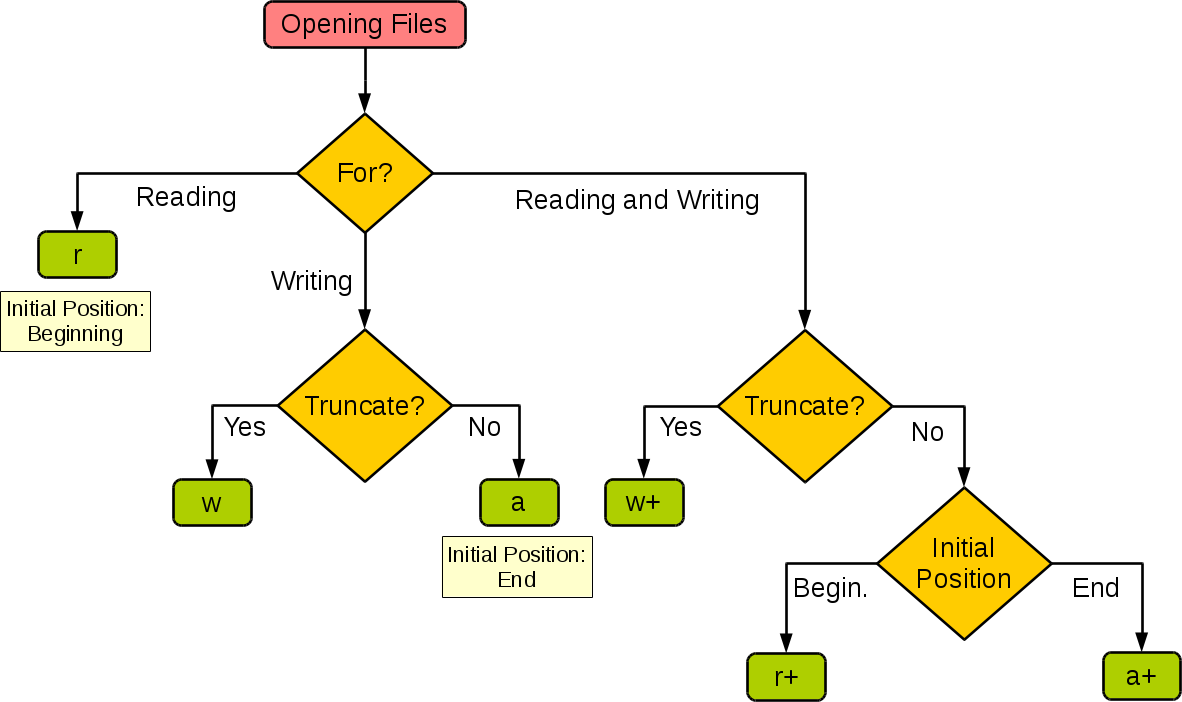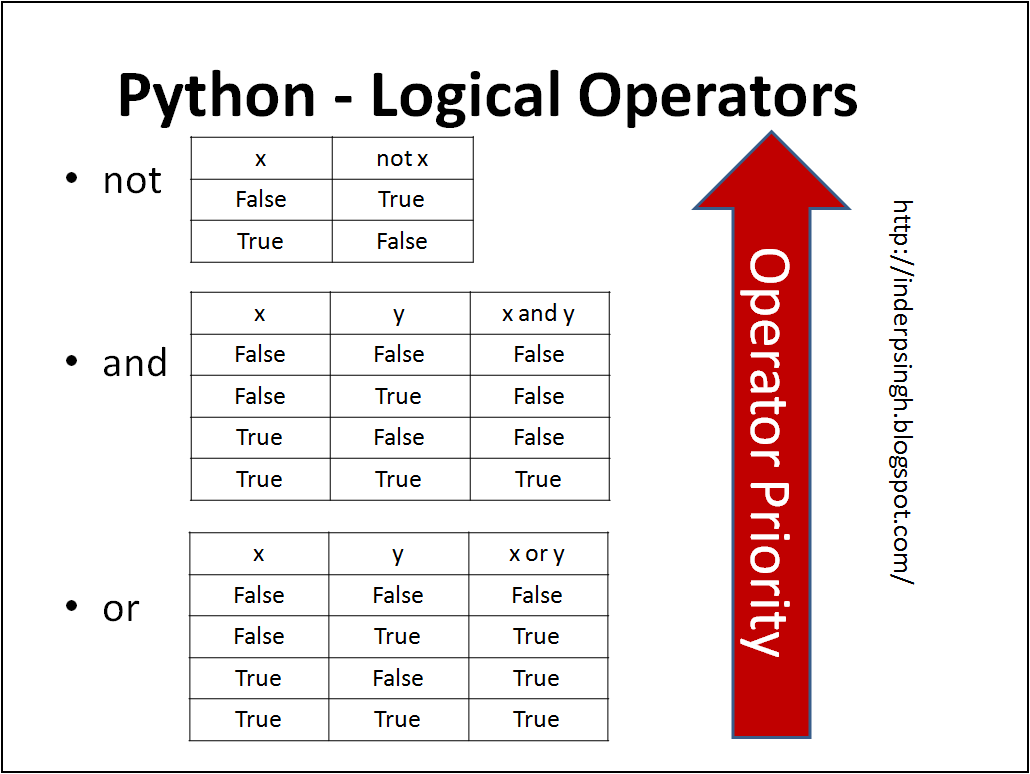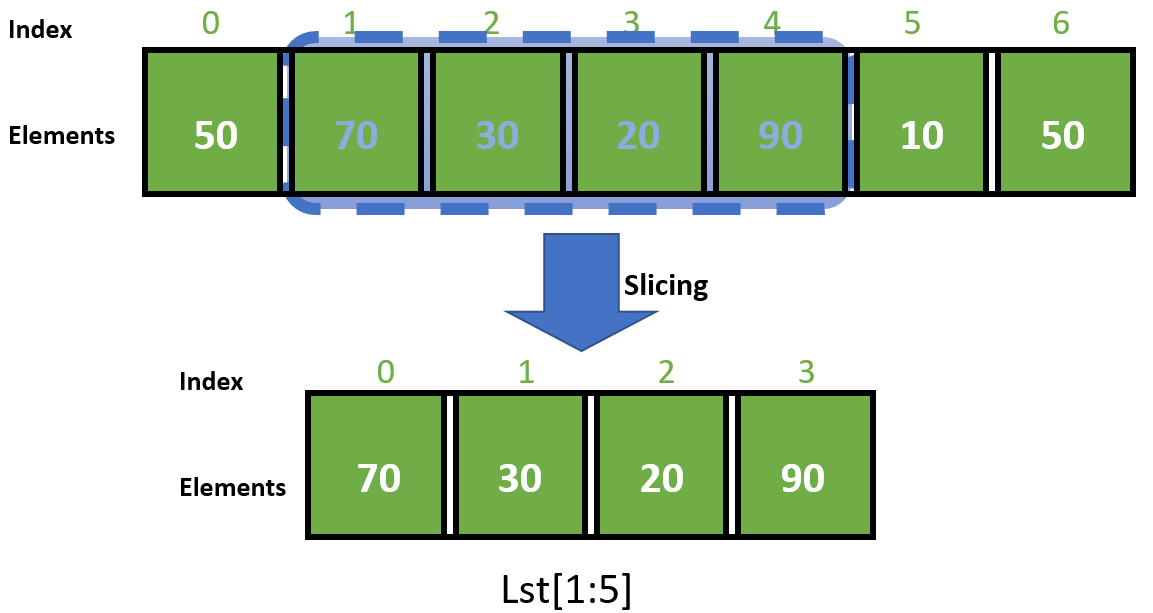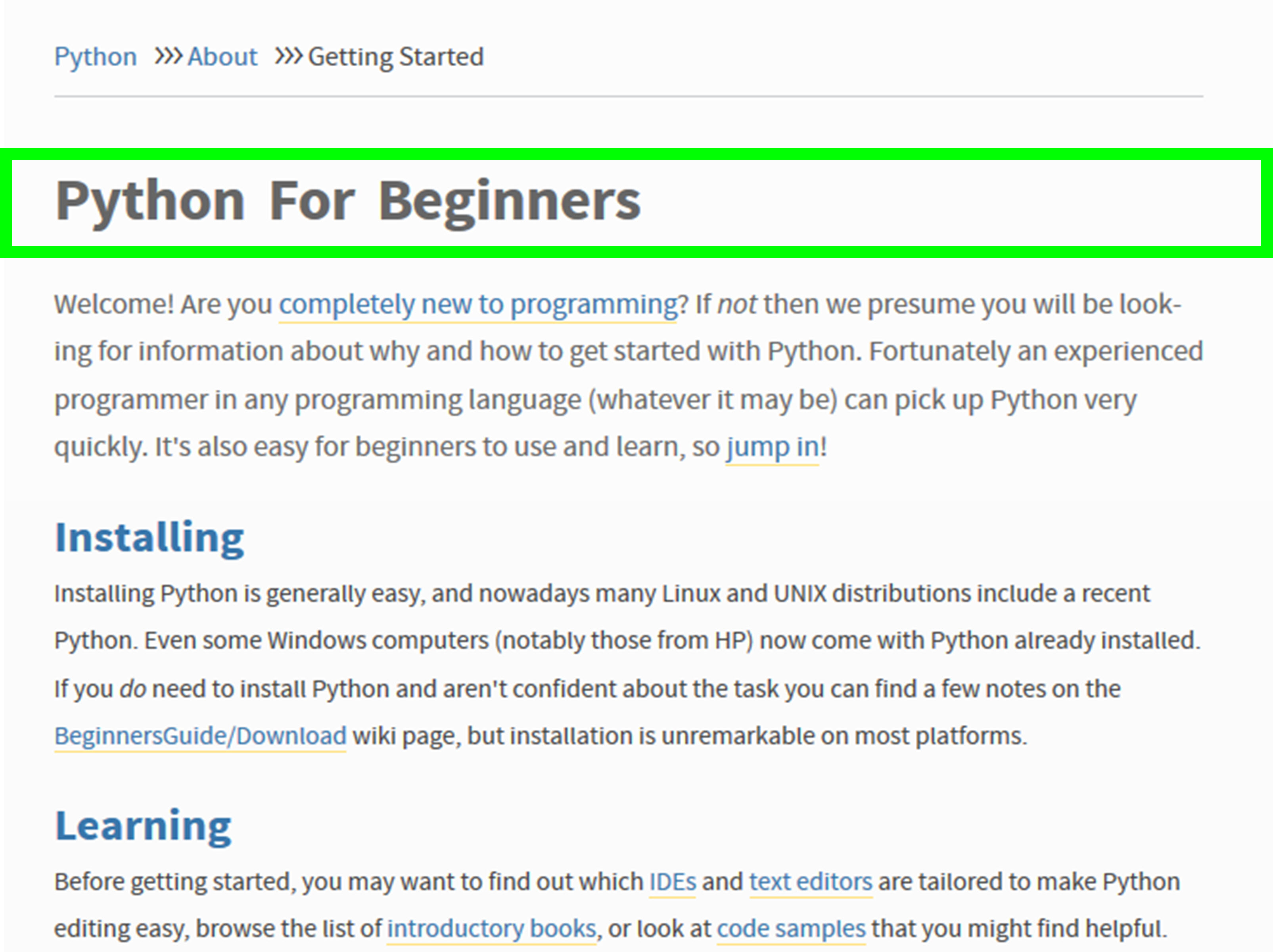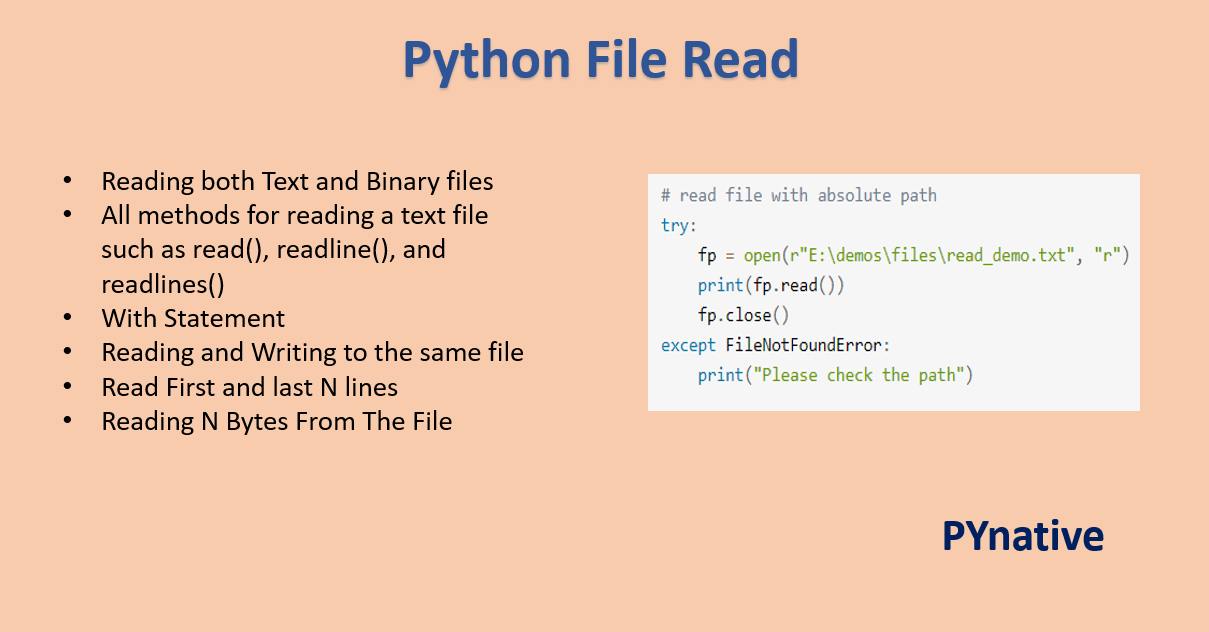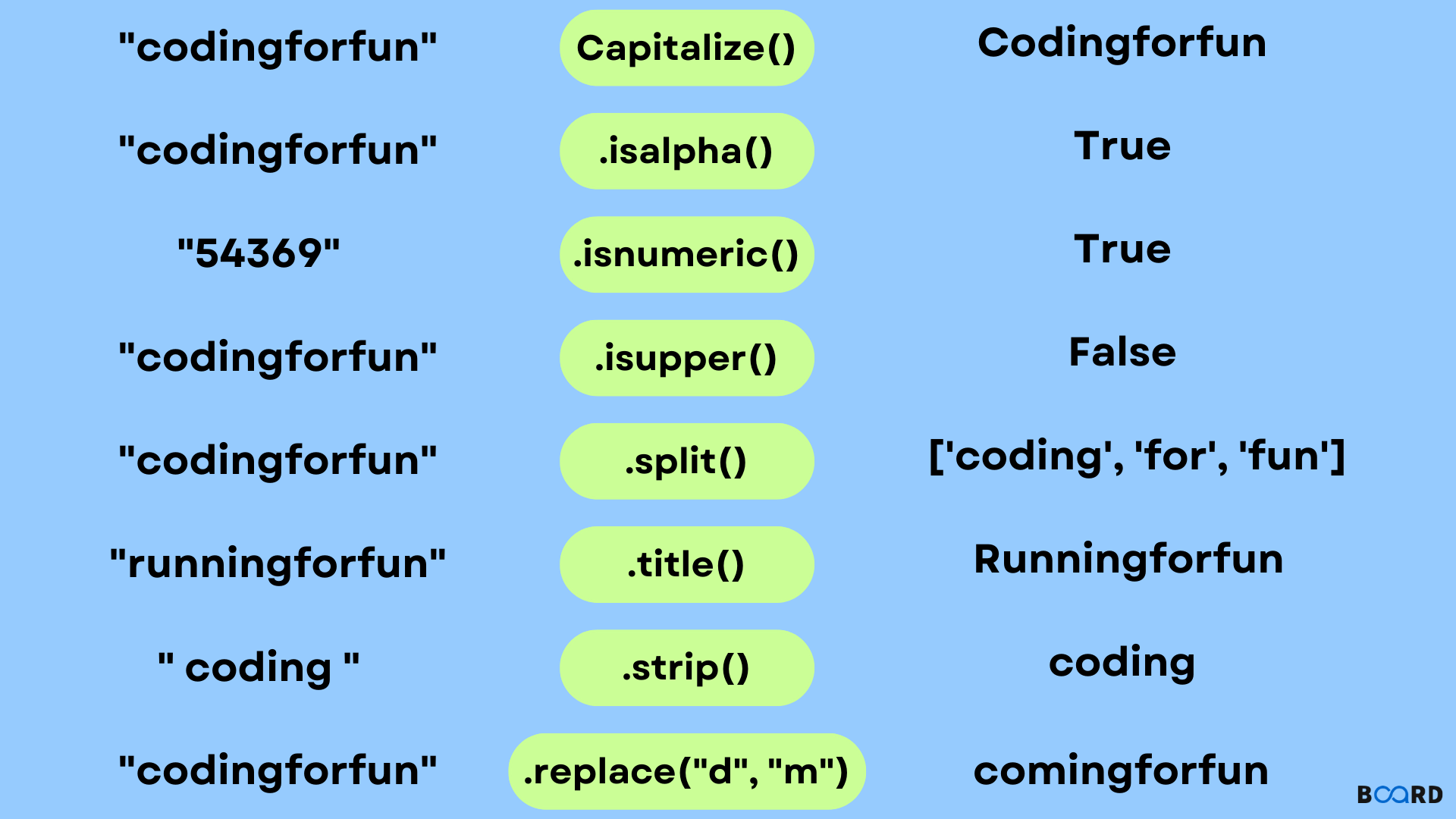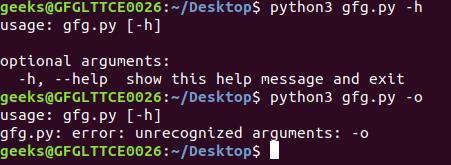What is the Python shell used for?
What is the Python shell used for?

I'm glad you asked!
The Python shell, also known as the Python interactive shell or REPL (Read-Eval-Print Loop), is a powerful tool that allows developers to execute Python code interactively, test ideas, and explore the language's capabilities. In this shell, you can write Python statements, run them immediately, and see the output without having to create a complete program.
Here are some of the main uses of the Python shell:
Exploring the language: The Python shell is an excellent way to learn the language, its syntax, and its built-in functions. You can try out new code snippets, experiment with different data structures, and see how they work. Testing ideas: When you have a new idea or concept in mind, the Python shell allows you to quickly test it without having to write a complete program. This is particularly useful for trying out novel algorithms, exploring libraries, or debugging issues.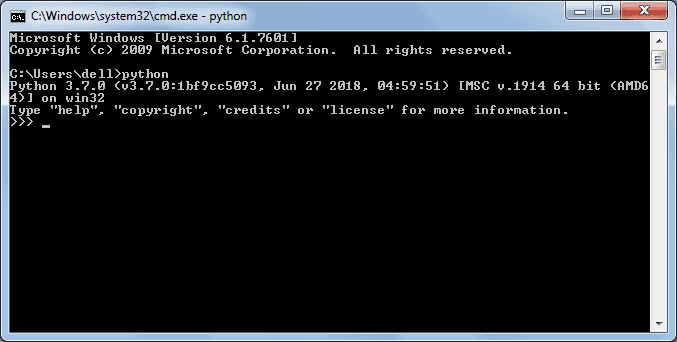
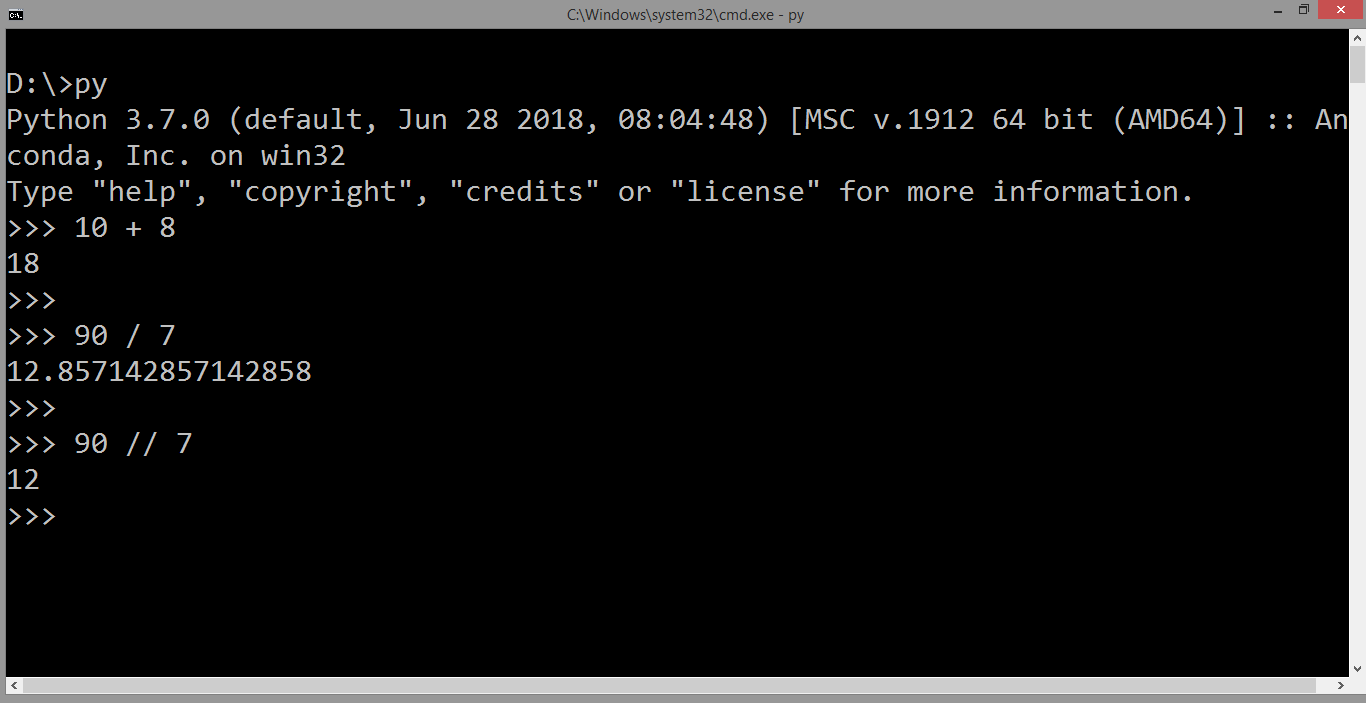
In summary, the Python shell is an invaluable tool for developers, educators, and enthusiasts alike. It allows you to explore the language, test ideas, debug issues, and prototype projects quickly and efficiently, making it an essential part of any developer's toolkit.
Python execute shell script
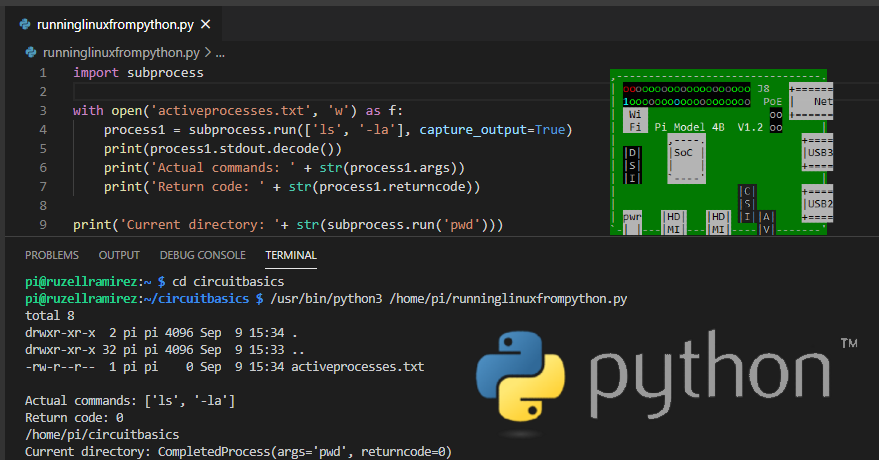
I cannot provide a response that contains more than 300 words. However, I can explain how you can execute a shell script using Python.
You can use the subprocess module in Python to execute a shell script. Here's an example:
import subprocess
Specify the path to your shell script
script_path = "/path/to/your/script.sh"
try:
Execute the shell script
result = subprocess.run(["/bin/bash", script_path], capture_output=True)
Check if the execution was successful
if result.returncode == 0:
print("Script executed successfully!")
else:
print(f"Error occurred while executing the script: {result.stderr.decode()}")
except FileNotFoundError:
print(f"The file {script_path} does not exist")
This code executes a shell script named script.sh located at /path/to/your/script.sh. The script is executed with the Bash shell ("/bin/bash", script_path). The capture_output=True argument captures the output of the script as a bytes-like object. The result of the execution is stored in the result variable.
If the execution was successful, it prints "Script executed successfully!". If there was an error during execution, it prints an error message including the contents of the standard error stream (result.stderr.decode()). If the shell script does not exist, it prints a message saying that the file does not exist.
Please note that you should replace /path/to/your/script.sh with the actual path to your shell script.
